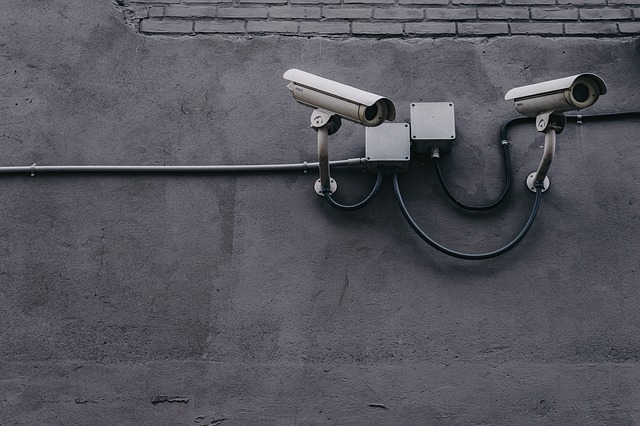
Avoiding CCTV Privacy Liability
In the retail industry, having a system in place to protect your inventory and prevent loss is essential to your bottom line. Since its inception, closed circuit television (CCTV) has helped retailers prevent theft by allowing as few as one or two employees to monitor an entire store at once.
While CCTV provides overwhelming possibilities to not only catch crimes in progress but also to deter them from even being attempted, where you install CCTV equipment is extremely important. Ill-advised camera placement can potentially lead to costly invasion of privacy suits by your customers and employees.
Expectation of Privacy
CCTV cameras are legal to use in public areas because they are just that–public areas. When an individual is in a public area where they can be clearly observed by those around them, they cannot have a reasonable expectation of privacy. However, in areas deemed to be private spaces, individuals do have a right to expect a certain amount of privacy. Most commonly, private spaces are places like a person’s home or a restroom in which, by law, an individual can expect a certain protection from unwanted intrusions.
Problems can arise when it comes to CCTV placement in private spaces that exist in public settings. When a customer or employee uses a public restroom or changing room, they have a reasonable expectation of privacy even though that space may be part of a larger public space. CCTV cameras installed in these areas could be seen as an invasion of privacy that could, in turn, open the door for legal action.
While installing cameras in restrooms is never a good idea, how CCTV monitoring is conducted inside changing rooms is a chief concern in the retail industry. While it can deter shoplifting, its legality exists in a grey area when it comes to privacy law. Retailers must be extremely careful how they use CCTV equipment in this situation. Unless you are experiencing an abnormally high amount of loss that cannot be contributed to other factors, the level of return on CCTV cameras in changing rooms is not likely to offset the liability risks.
Instead of CCTV, try instituting a different method of loss control that does not make privacy an issue. Staff changing rooms so there is someone to monitor what is being brought in and out. Also, you may consider using an electronic tagging system that will activate an alarm if customers try to leave the store without paying for an item.
Notifying the Customer
A good way to protect your business from invasion of privacy claims is to establish procedures that lower the expected amount of privacy. Post signs at the entrances to the building notifying the use of security cameras on the premises. Many privacy cases involve a discrepancy between the amount of privacy an individual believes they were entitled to and how much they were actually provided with. Proper notification can make it clear to both customers and employees as to what expectations they can have for their privacy upon entering an establishment.
This type of notification is especially important when it comes to CCTV cameras in changing rooms. Notifying customers of any monitoring and the procedures that are being used, alerts them of exactly how much privacy they can reasonably expect. Often times, when CCTV cameras are located in changing rooms, posted notices inform customers that camera operators are of the same gender. In such cases it is important that you back up these notices by enforcing the claims that they make.
CCTV Policy
Establishing a company CCTV policy can also help. The policy should outline the provisions for camera placement and proper camera use. By instituting a company policy for CCTV use, camera operators will know what practices are acceptable and which could put the company at risk for litigation.

Comments
Not found any comments yet.